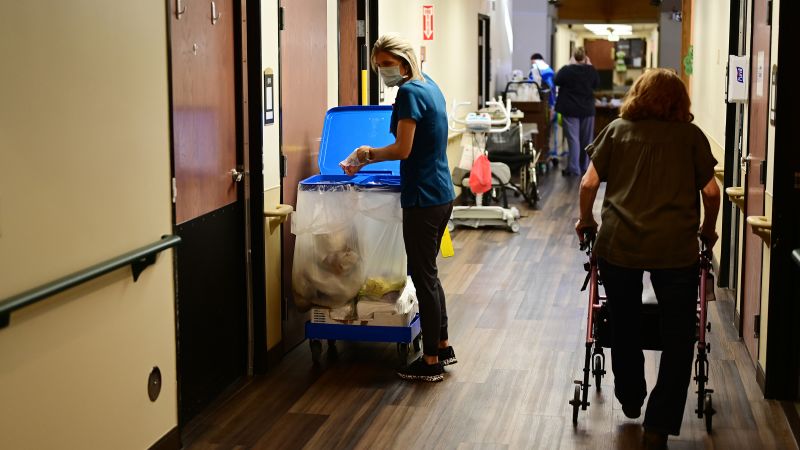The Biden administration recently announced the first-ever minimum staffing rule for nursing homes, requiring facilities to provide at least 3.48 hours of nursing care per resident per day. This mandate aims to address chronic understaffing in nursing homes, which can result in sub-standard and unsafe care. The rule also requires that nursing homes have a registered nurse onsite at all times, with exemptions available for facilities experiencing workforce shortages in certain areas. The rule will be phased in gradually, with rural communities having longer timeframes to comply.
Nursing home operators have strongly opposed the proposed staffing mandate, citing difficulties in filling open positions and the financial burden it would impose. Meeting the requirements would necessitate hiring over 100,000 additional nurses and nurse aides at an estimated annual cost of $6.8 billion, according to the American Health Care Association. A majority of nursing homes were found to not meet the proposed staffing requirements, highlighting the significant impact the rule would have on the industry. There are concerns that the rule could lead to facility closures if implemented as proposed.
Consumer advocates have also expressed dissatisfaction with the proposed rule, stating that it falls short of providing adequate staffing levels needed to ensure quality care for nursing home residents. Some advocate for even higher staffing standards based on research showing the necessity of more care hours for residents. While Congress is split on the issue, with bipartisan bills introduced to block the rule, support for the mandate has also been voiced by organizations, labor unions, and some lawmakers. Senator Elizabeth Warren has urged the administration to finalize and strengthen the rule to improve care quality for residents and working conditions for staff.
The Biden administration’s proposed staffing rule for nursing homes has sparked debate within the industry and among policymakers. The rule aims to address long-standing issues of understaffing that can compromise the quality and safety of care provided to residents. While some argue that the rule is unrealistic and financially burdensome for facilities, others believe it is essential to ensure accountability and uphold standards that prioritize the well-being of both residents and caregivers. The decision to finalize and implement the rule will have significant implications for the nursing home industry and the millions of individuals who rely on these facilities for long-term care.


